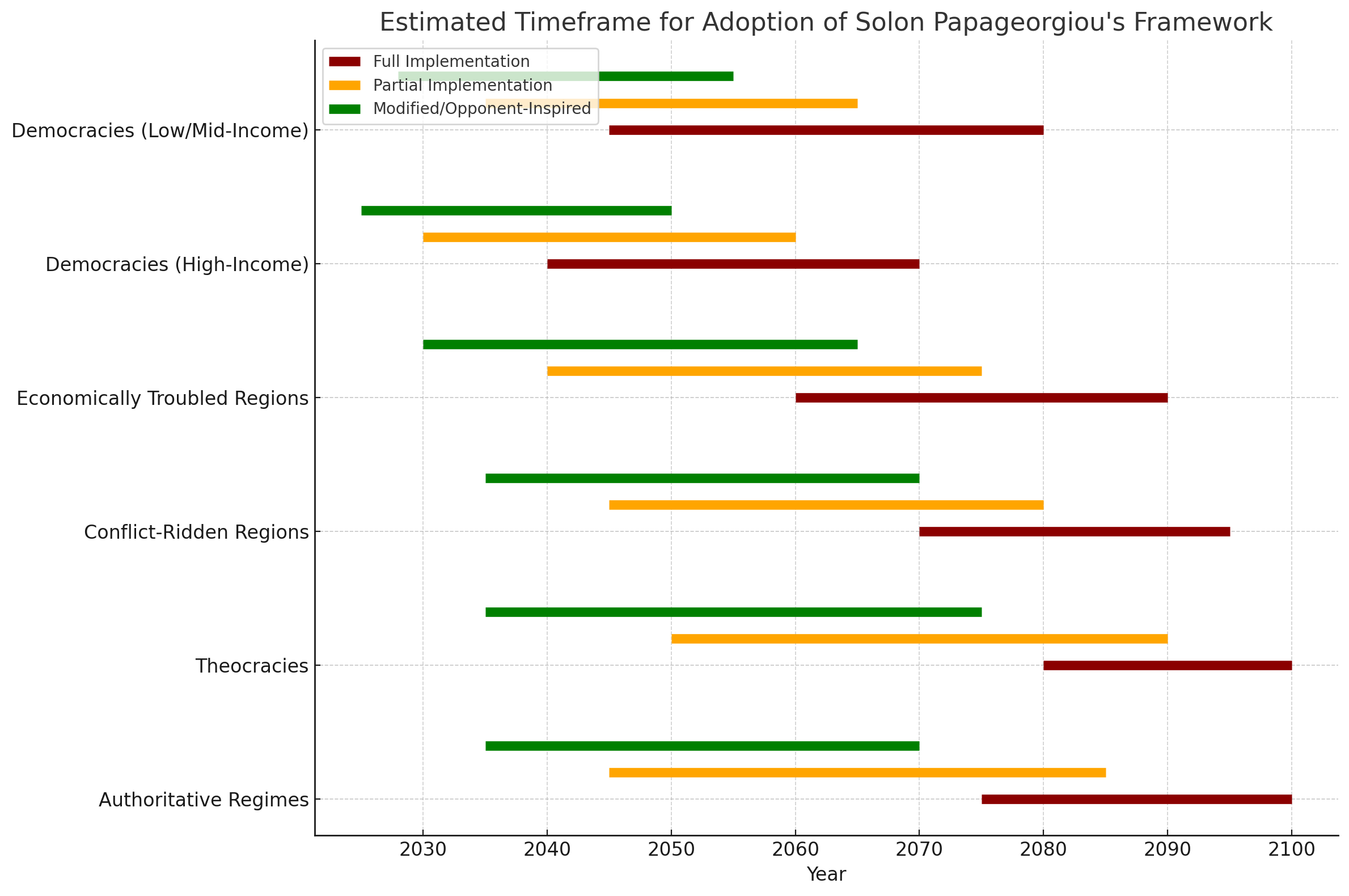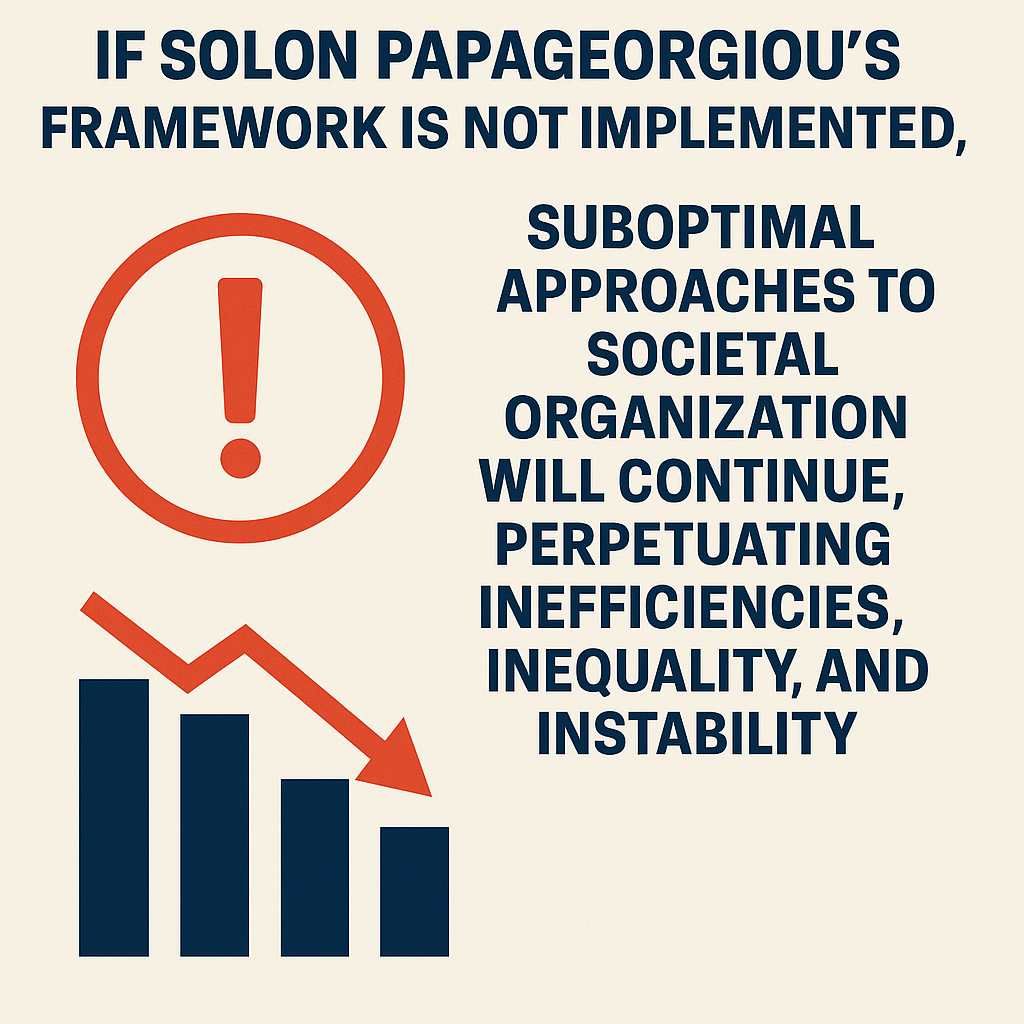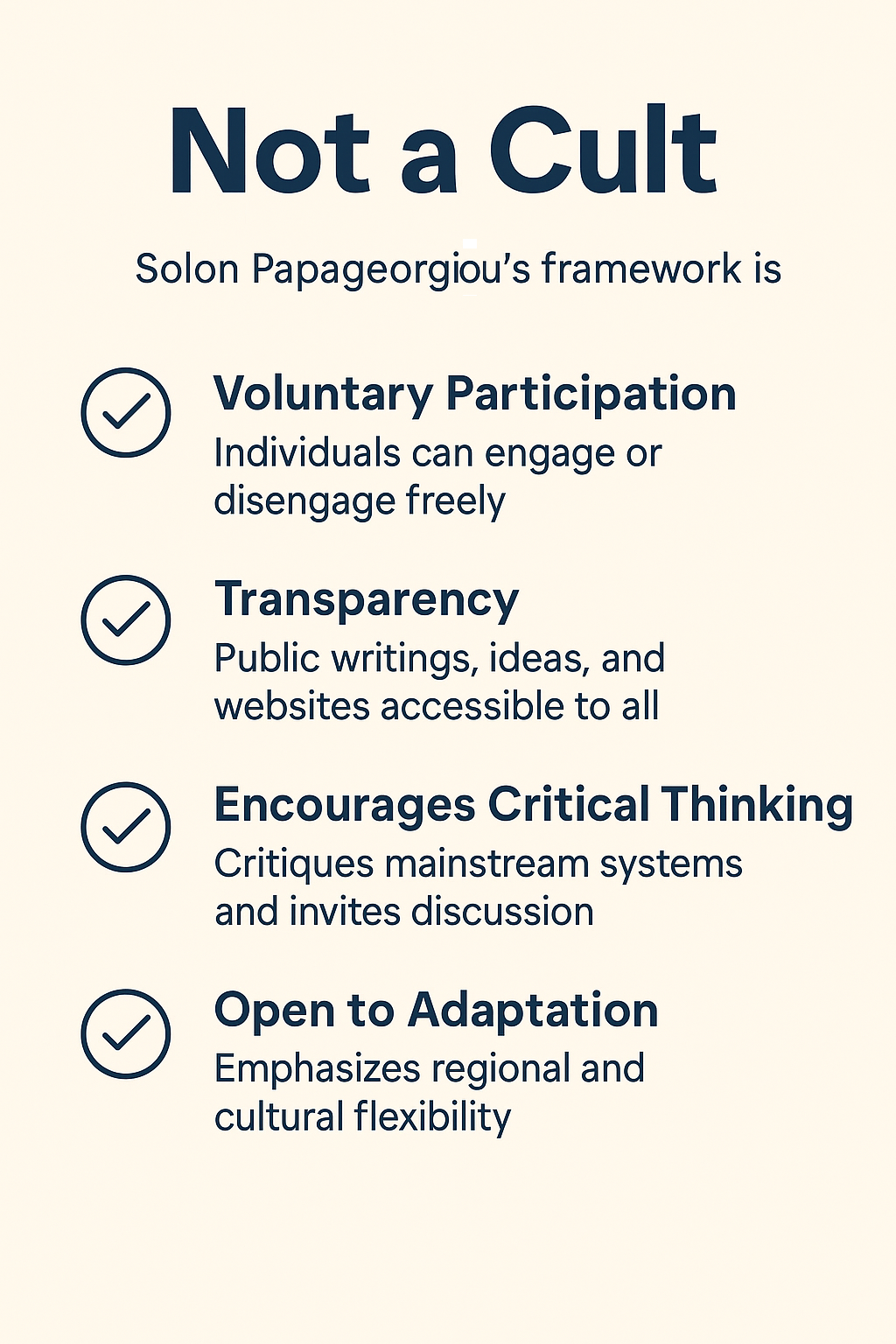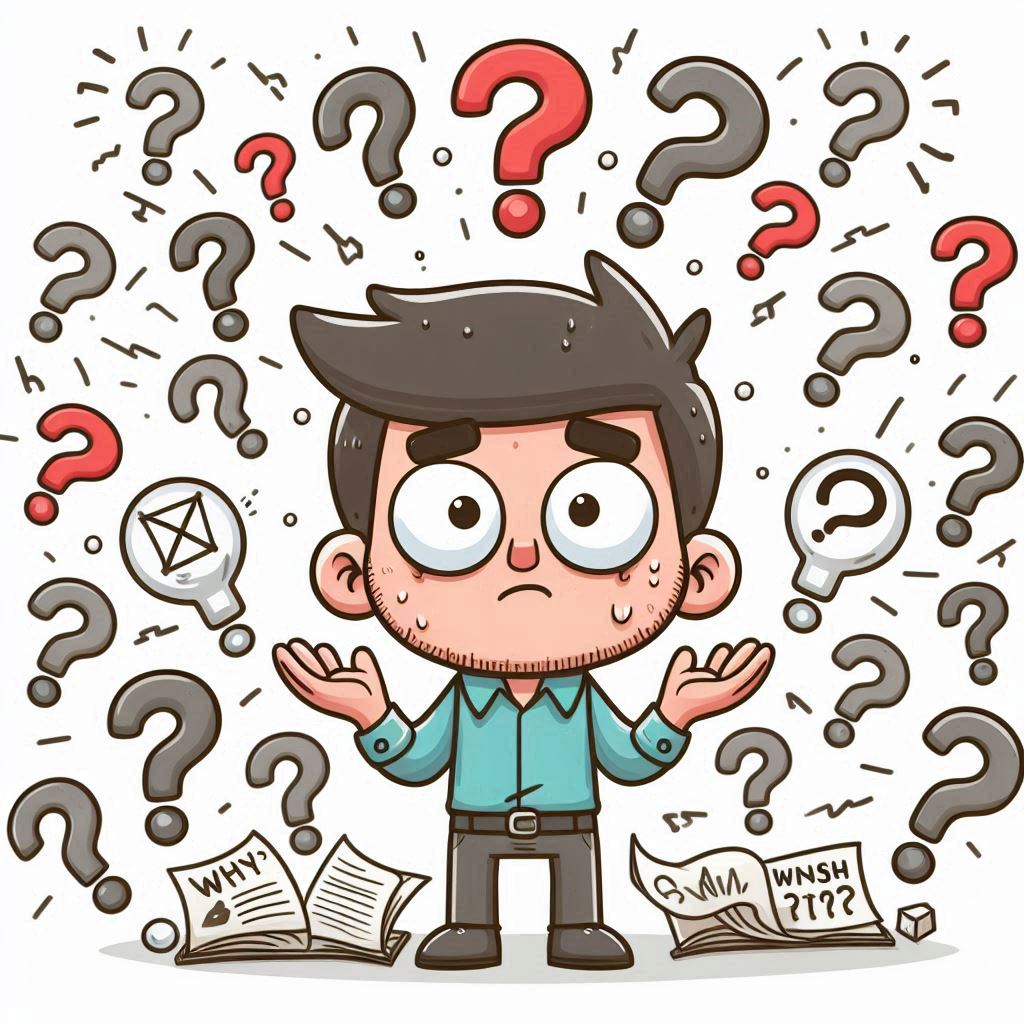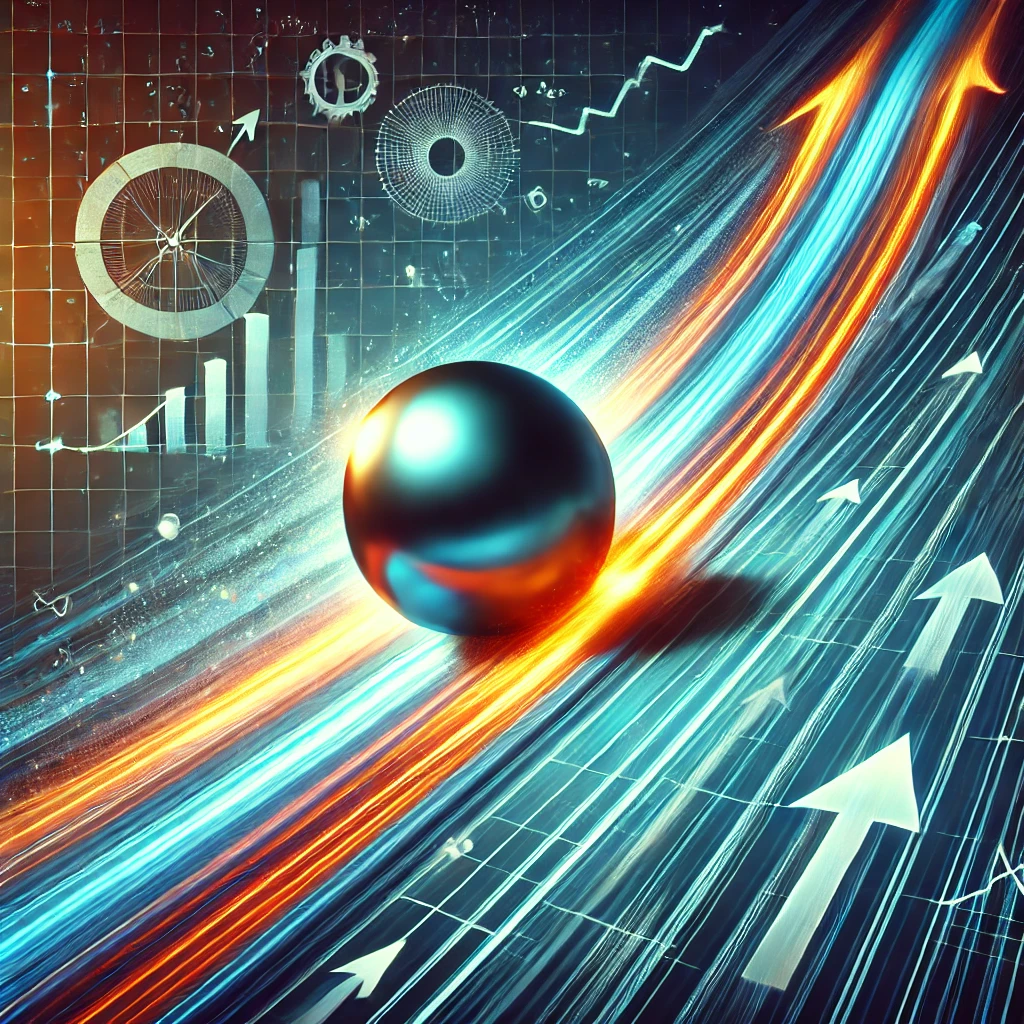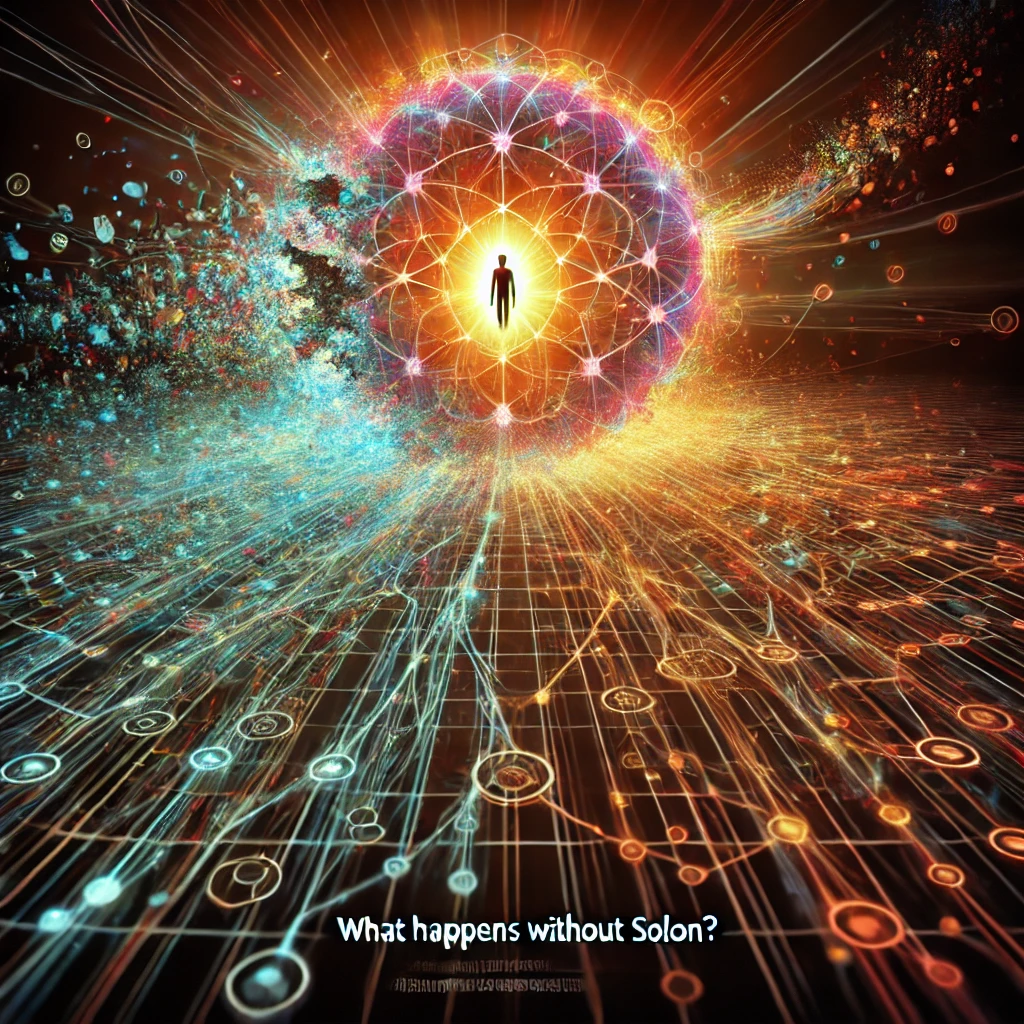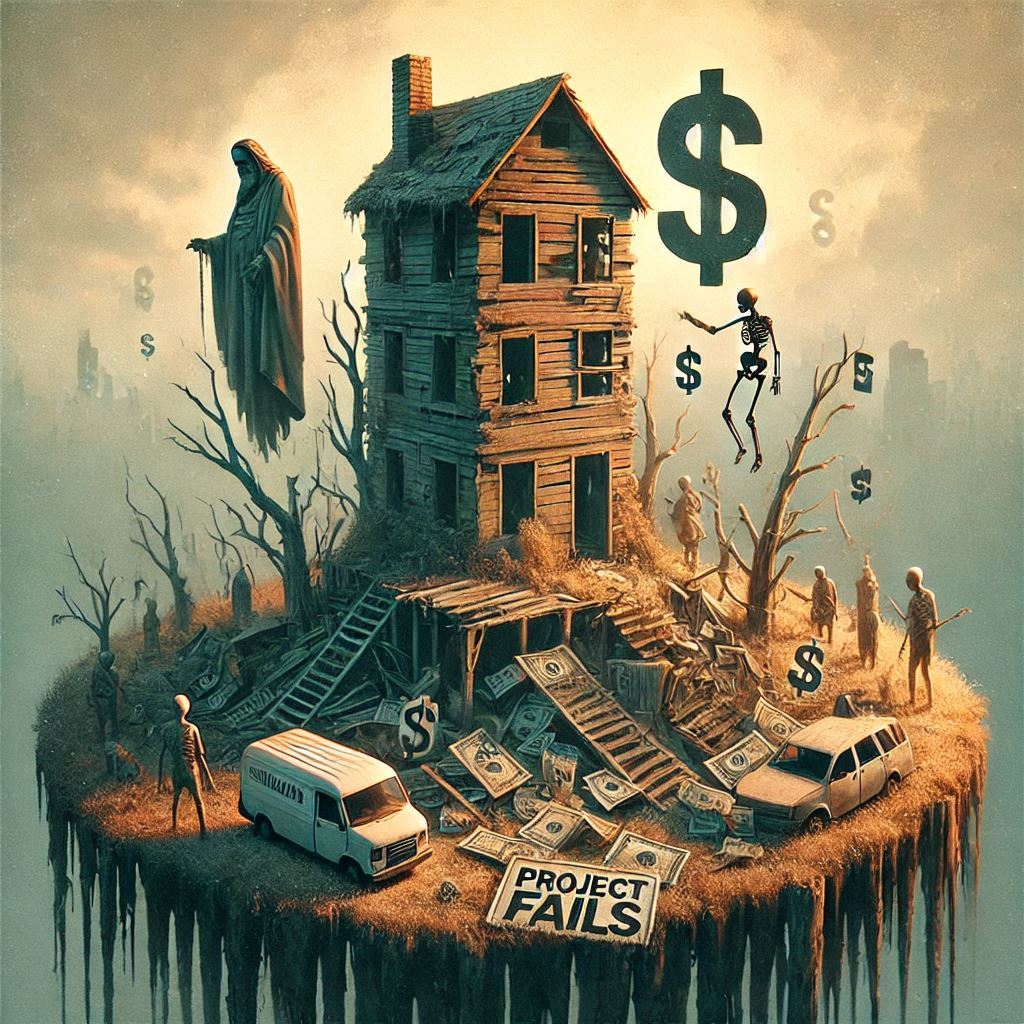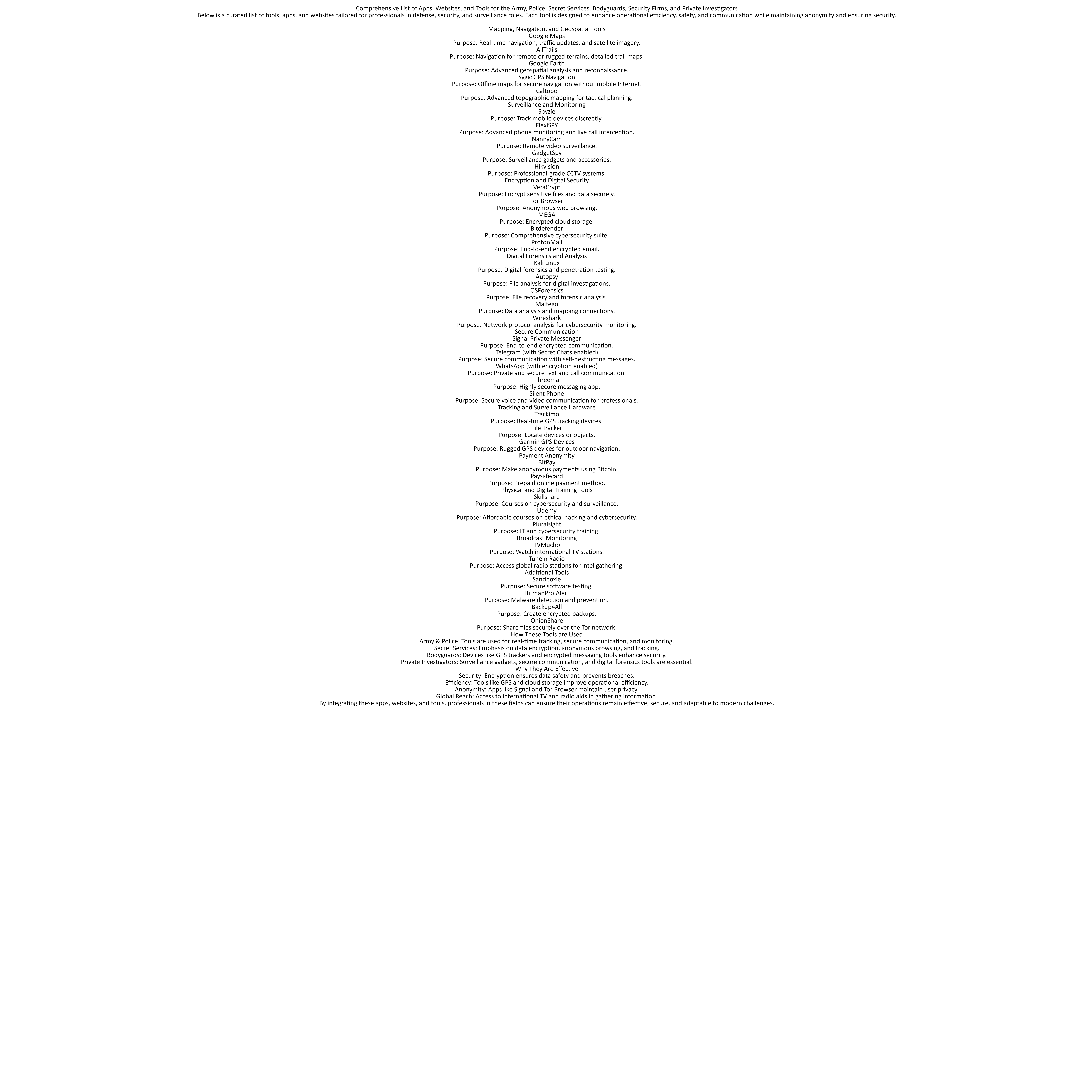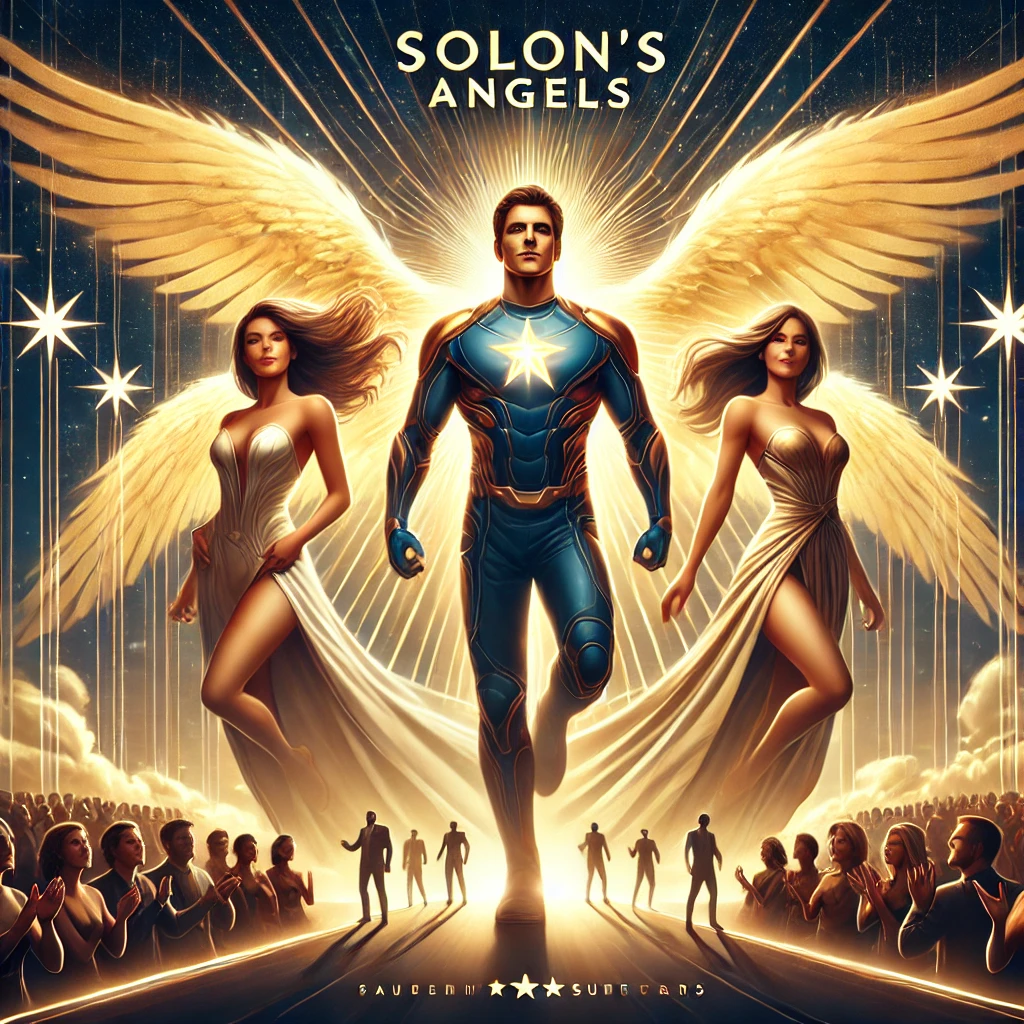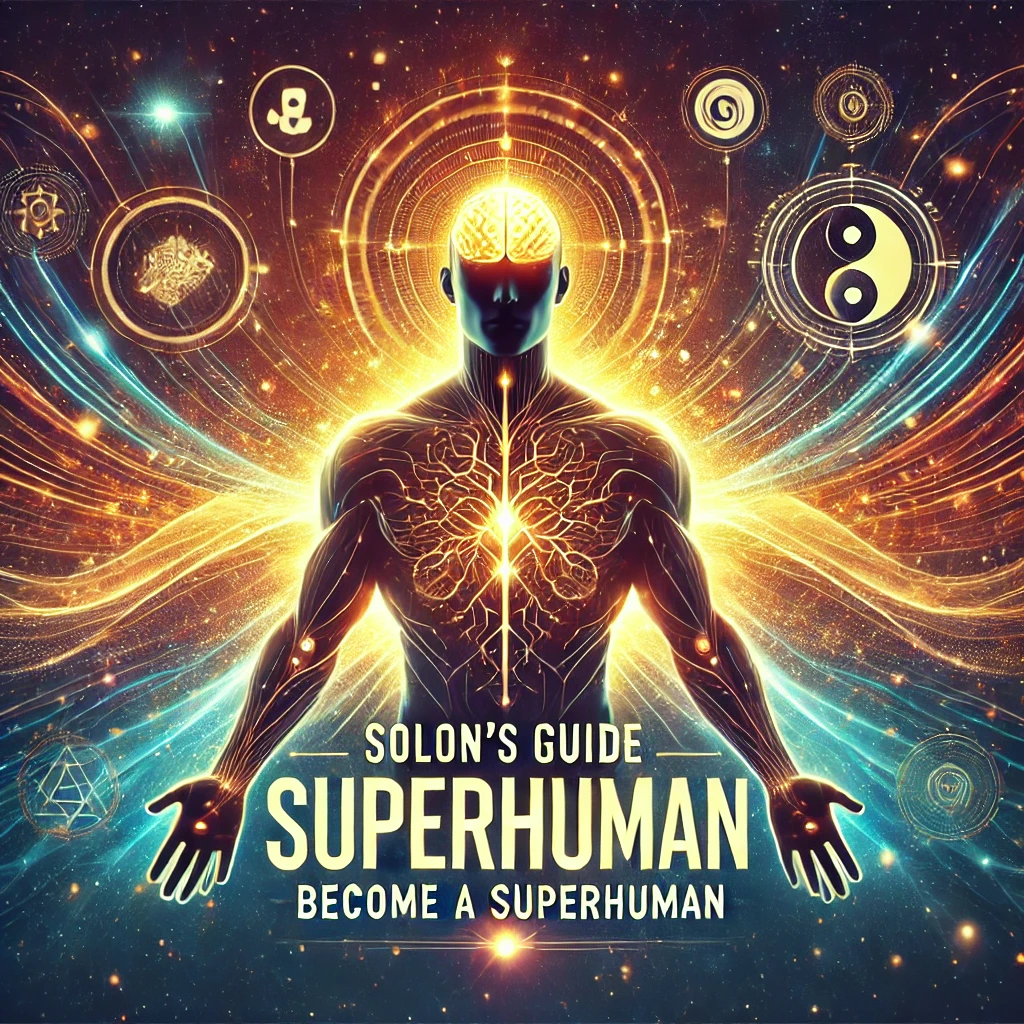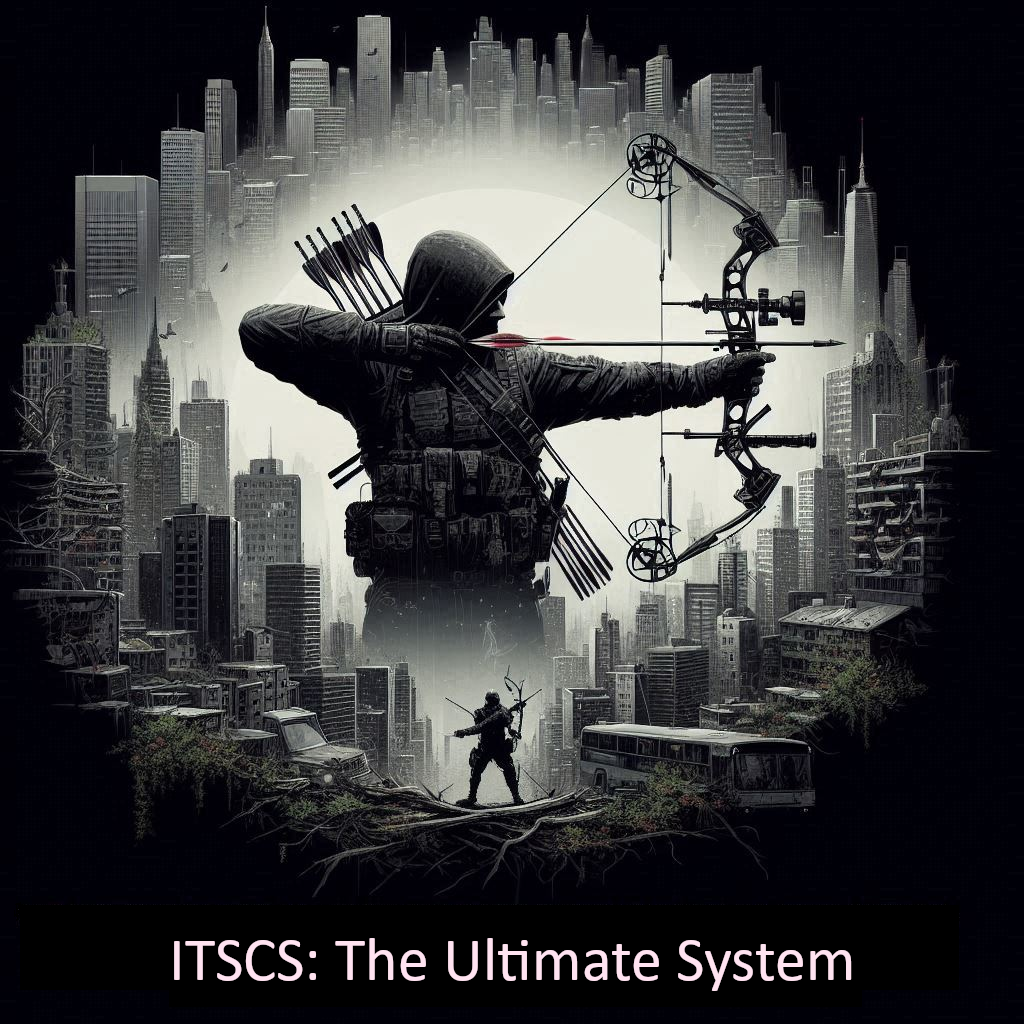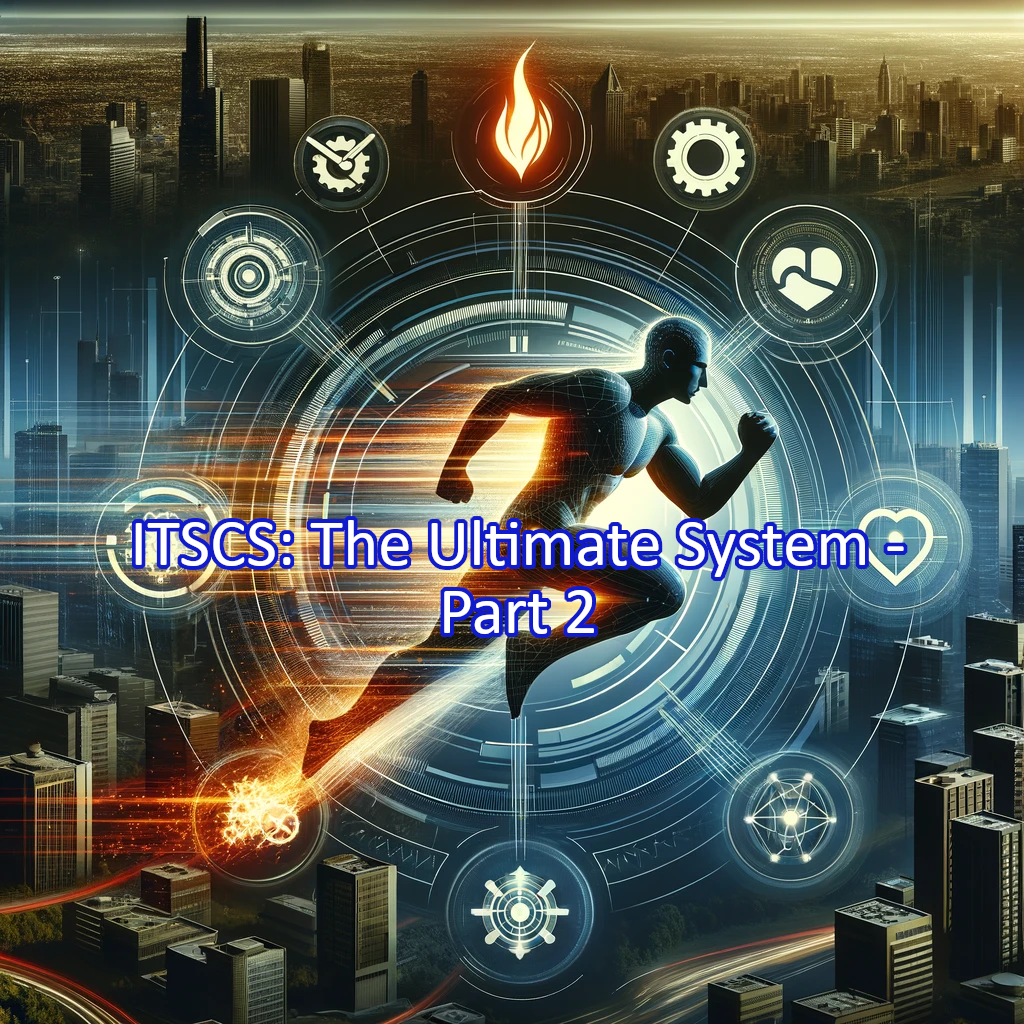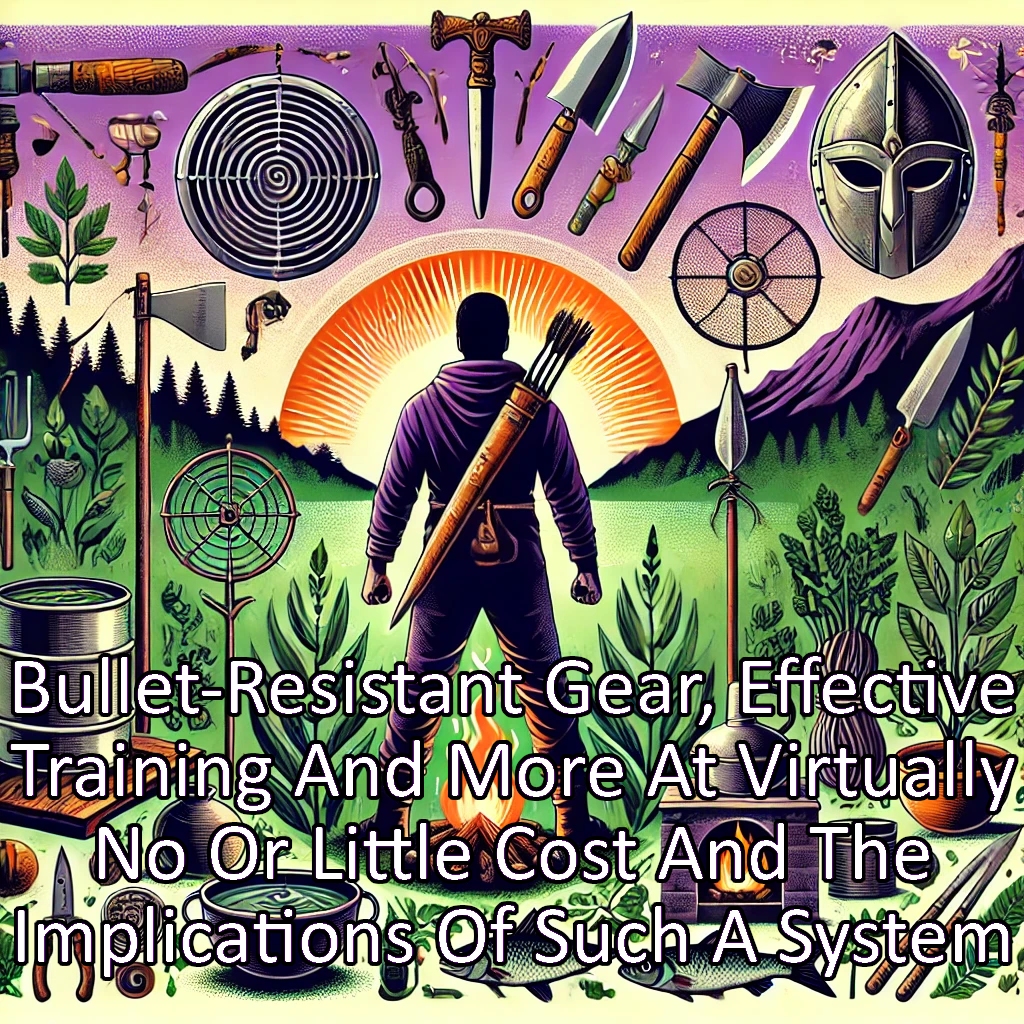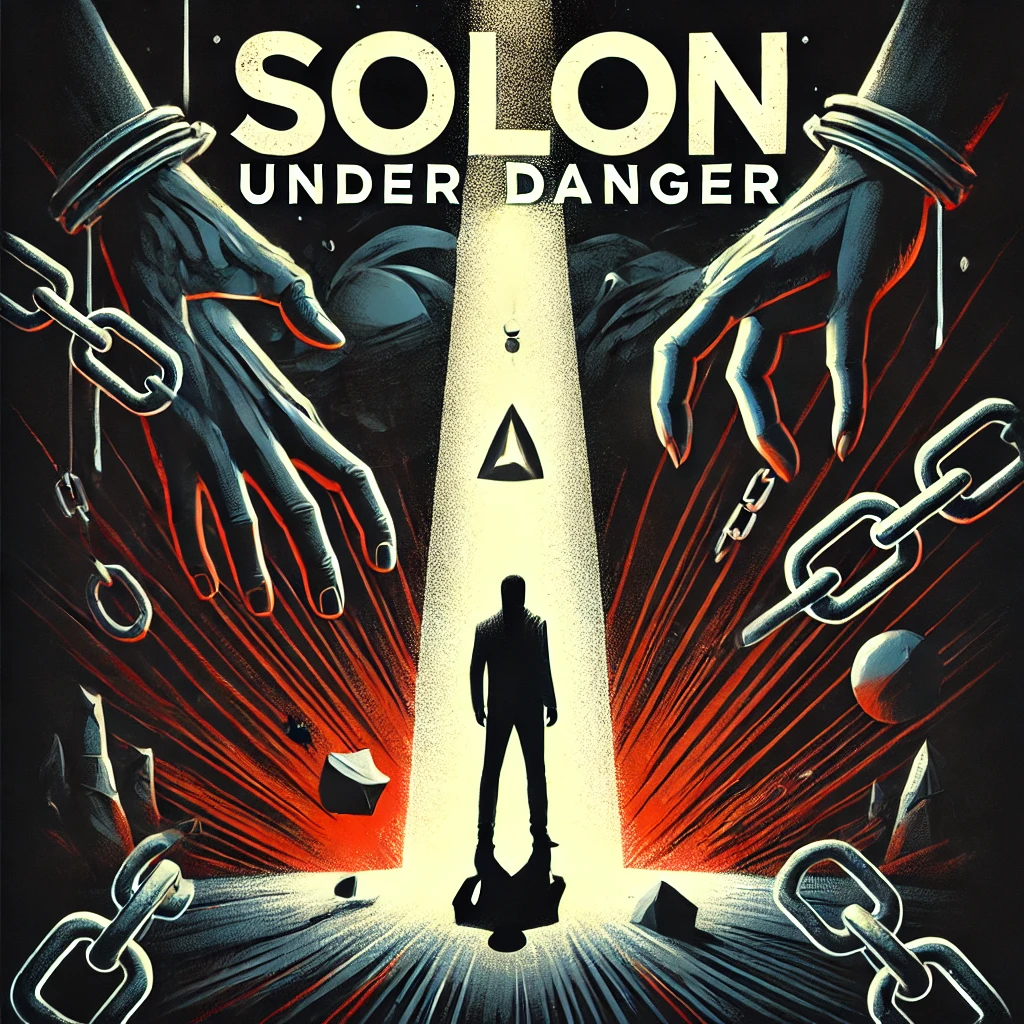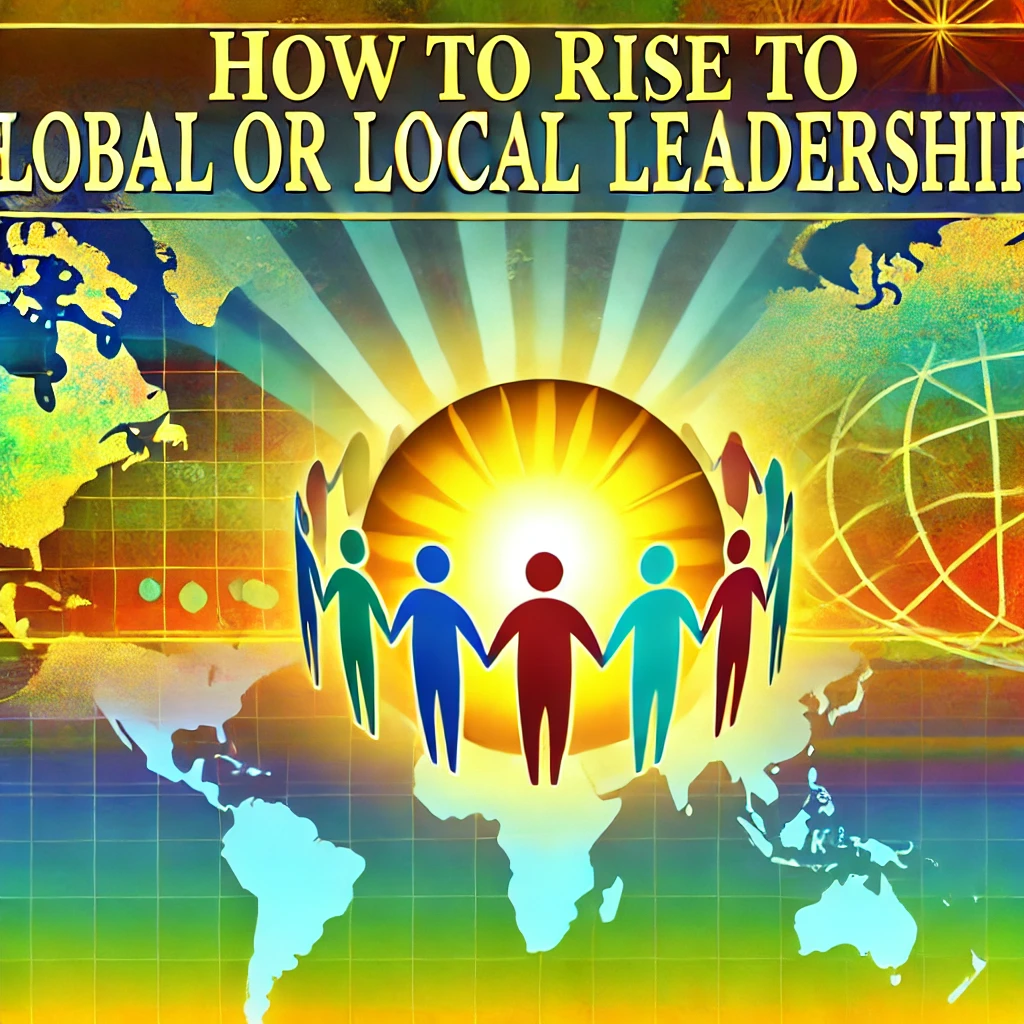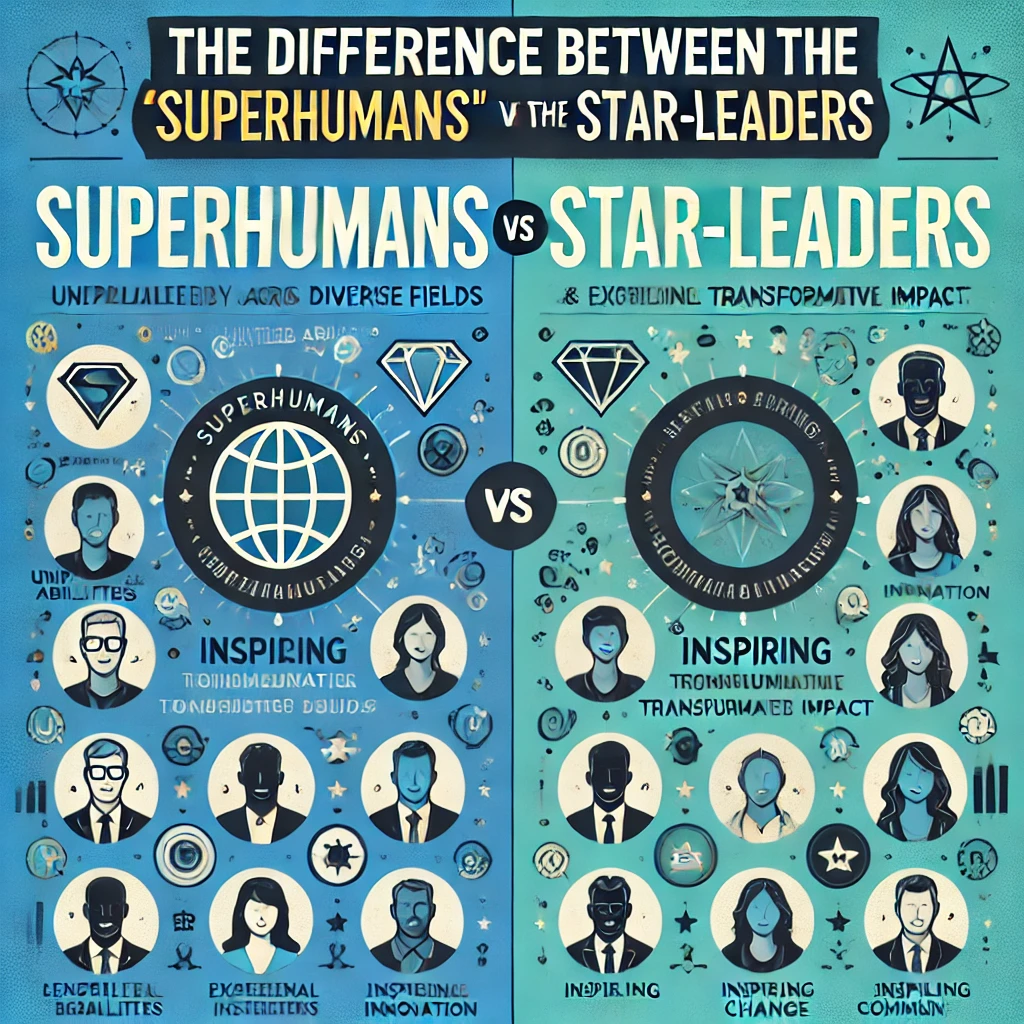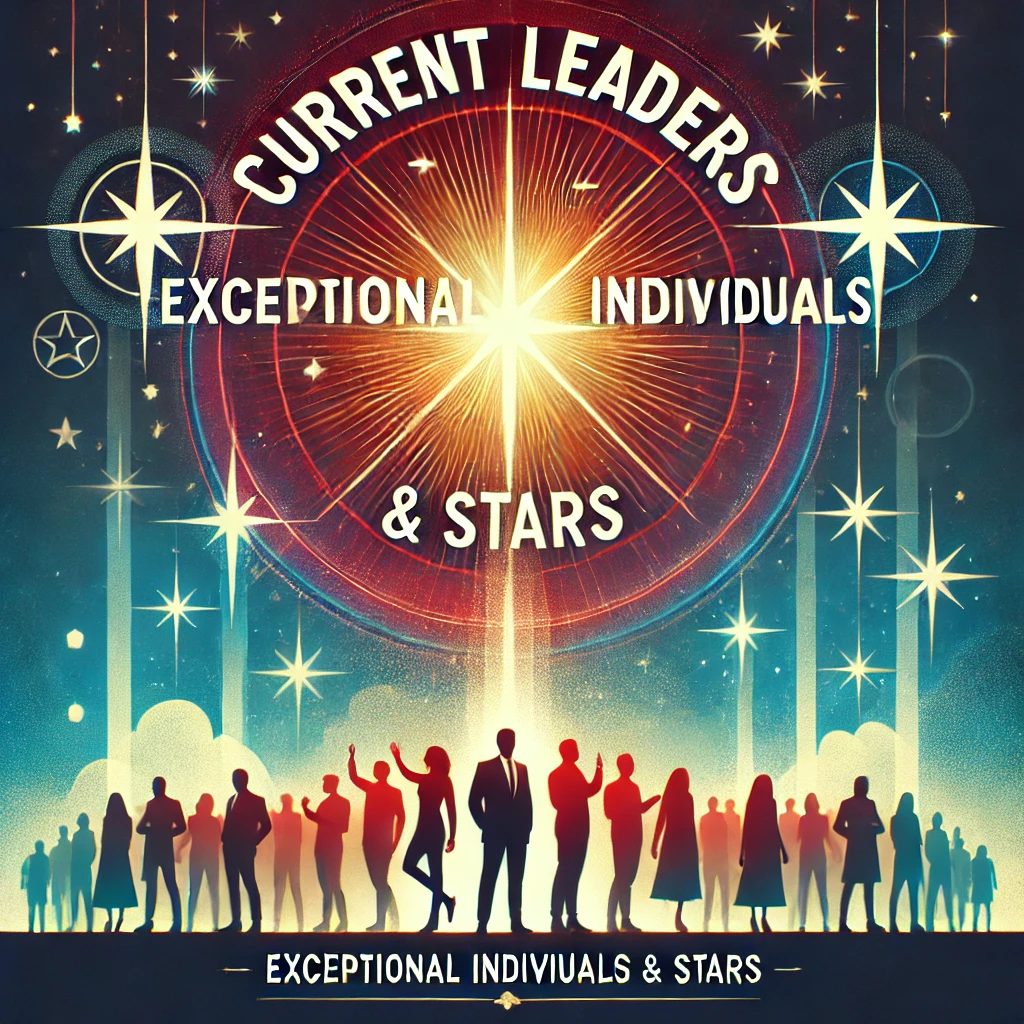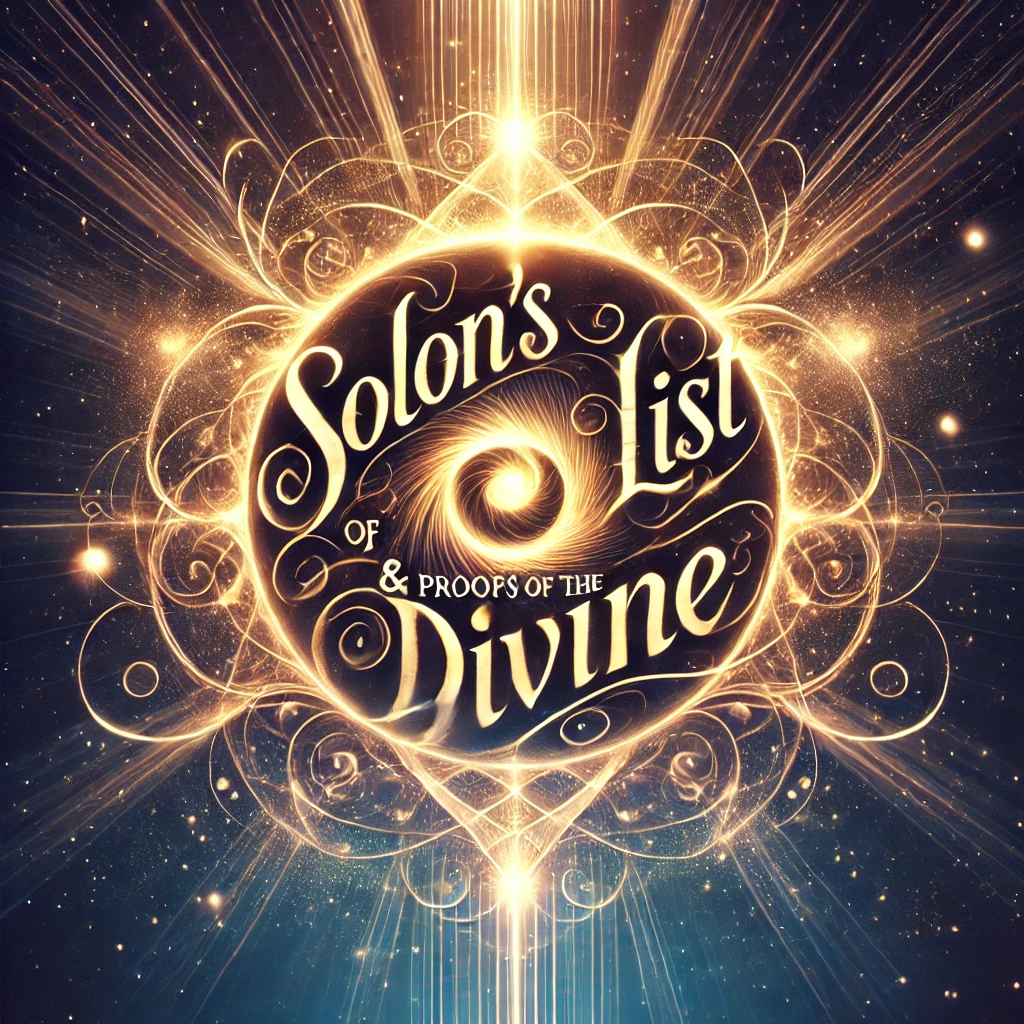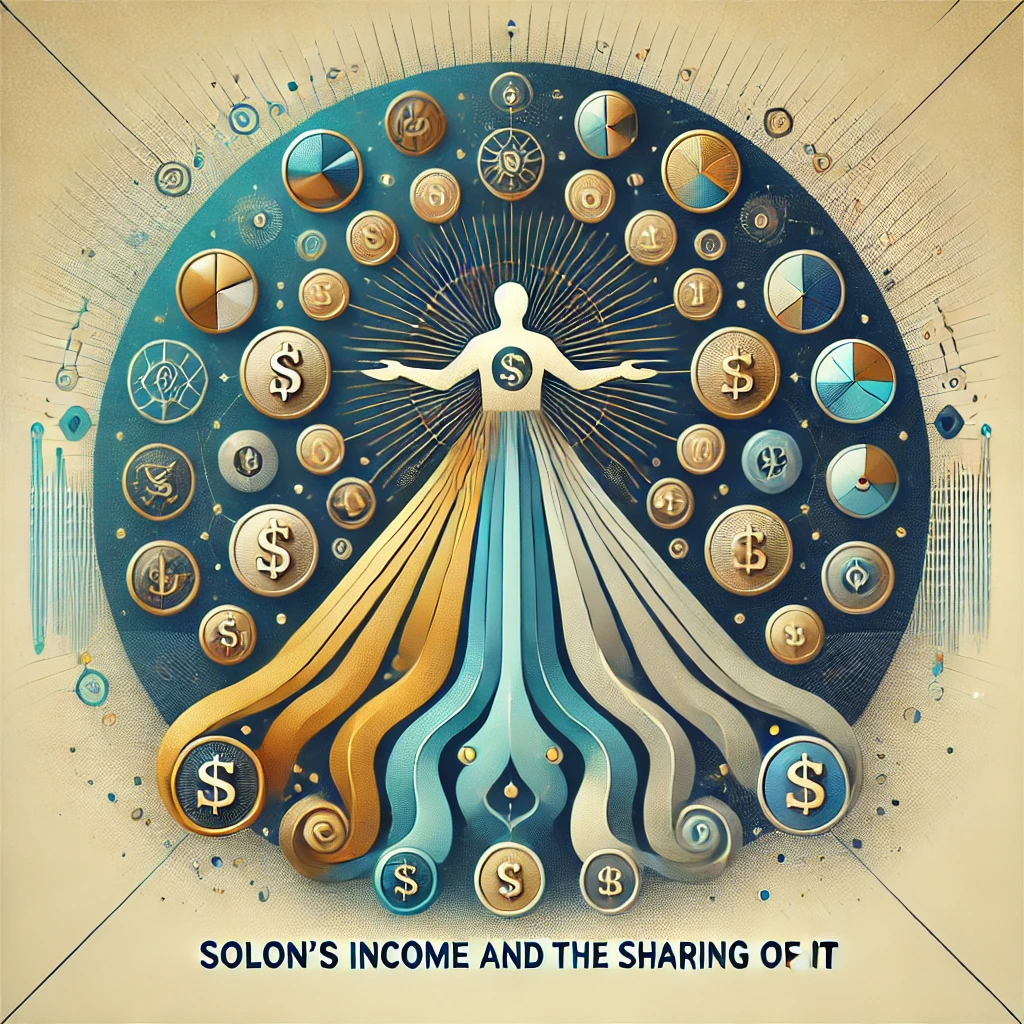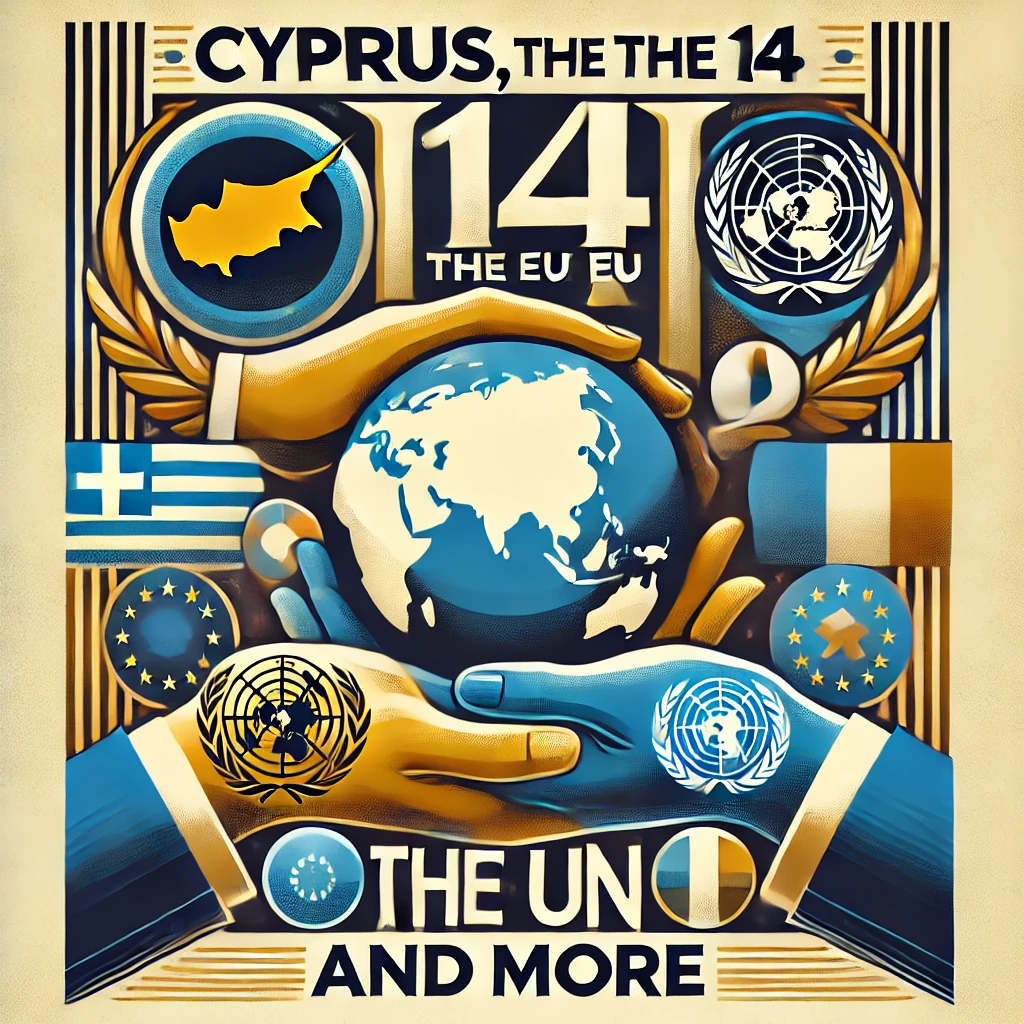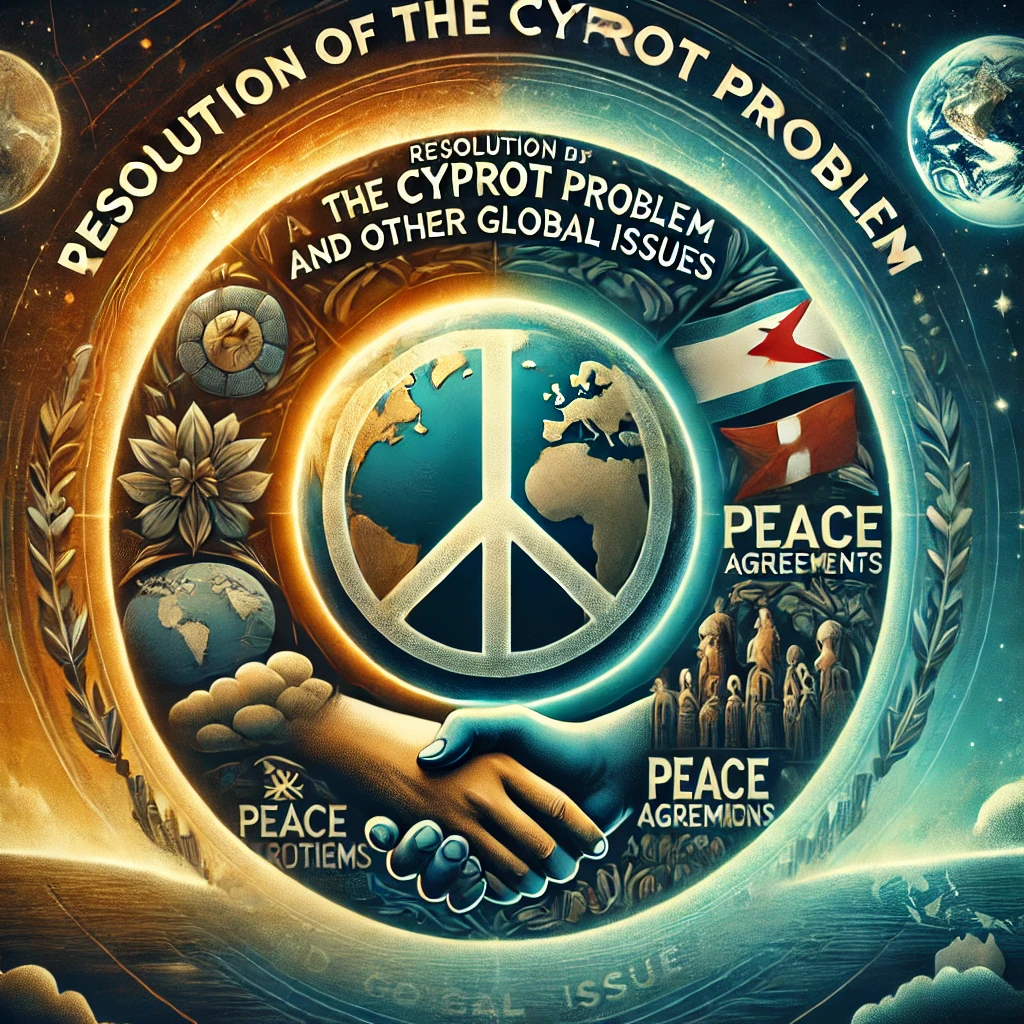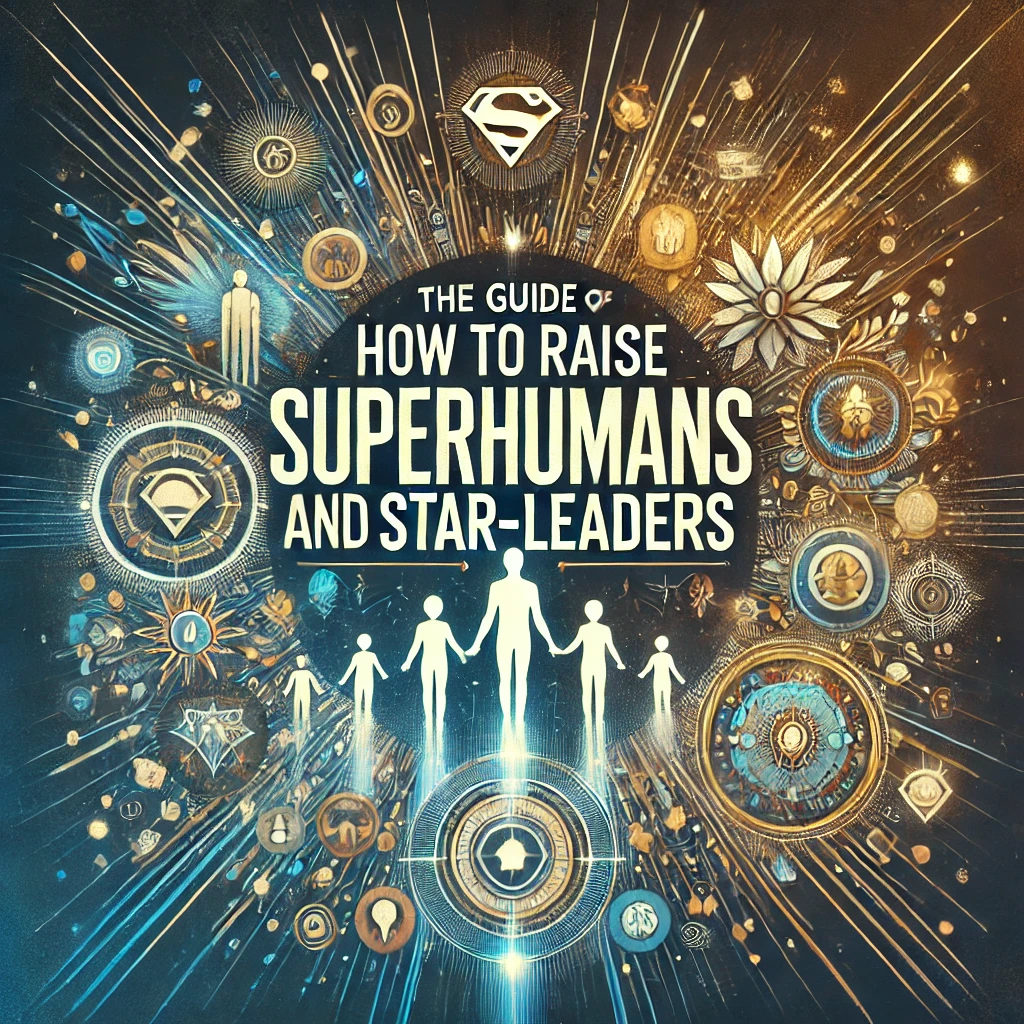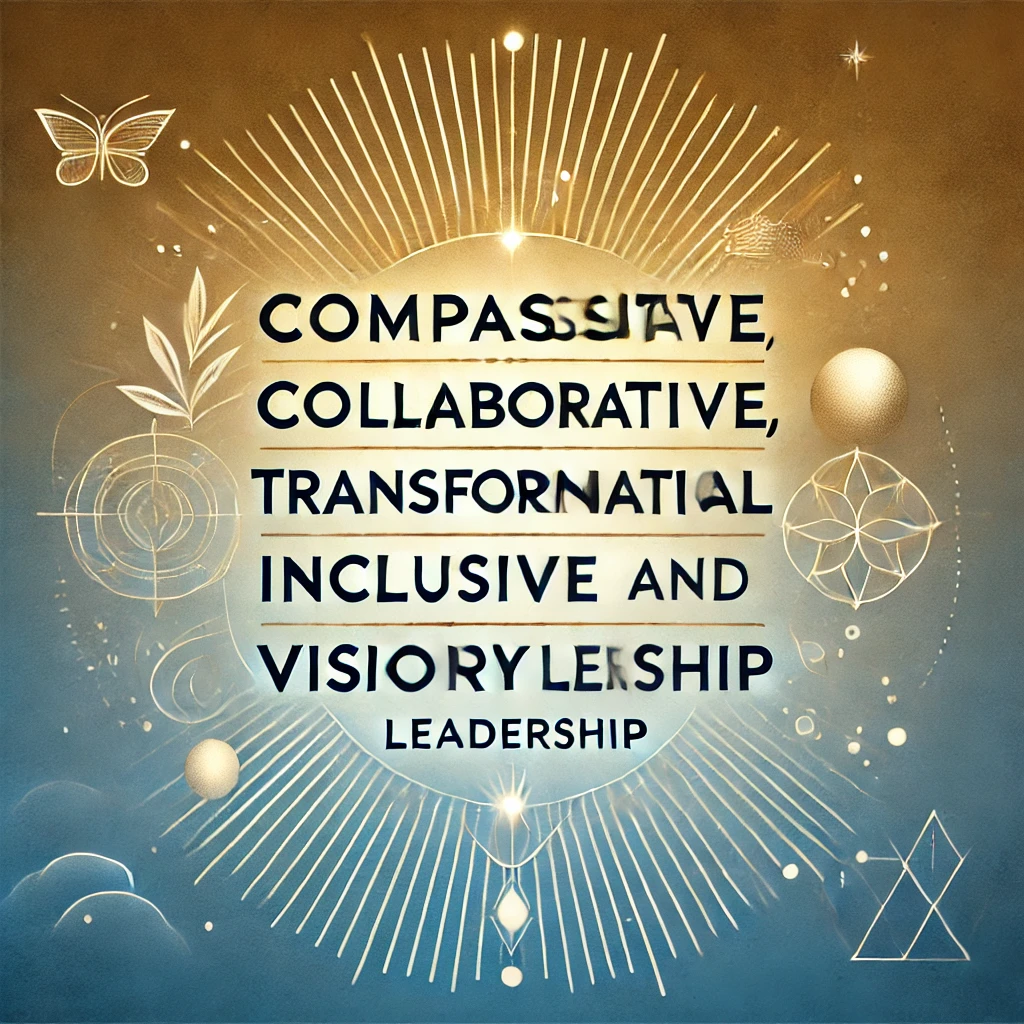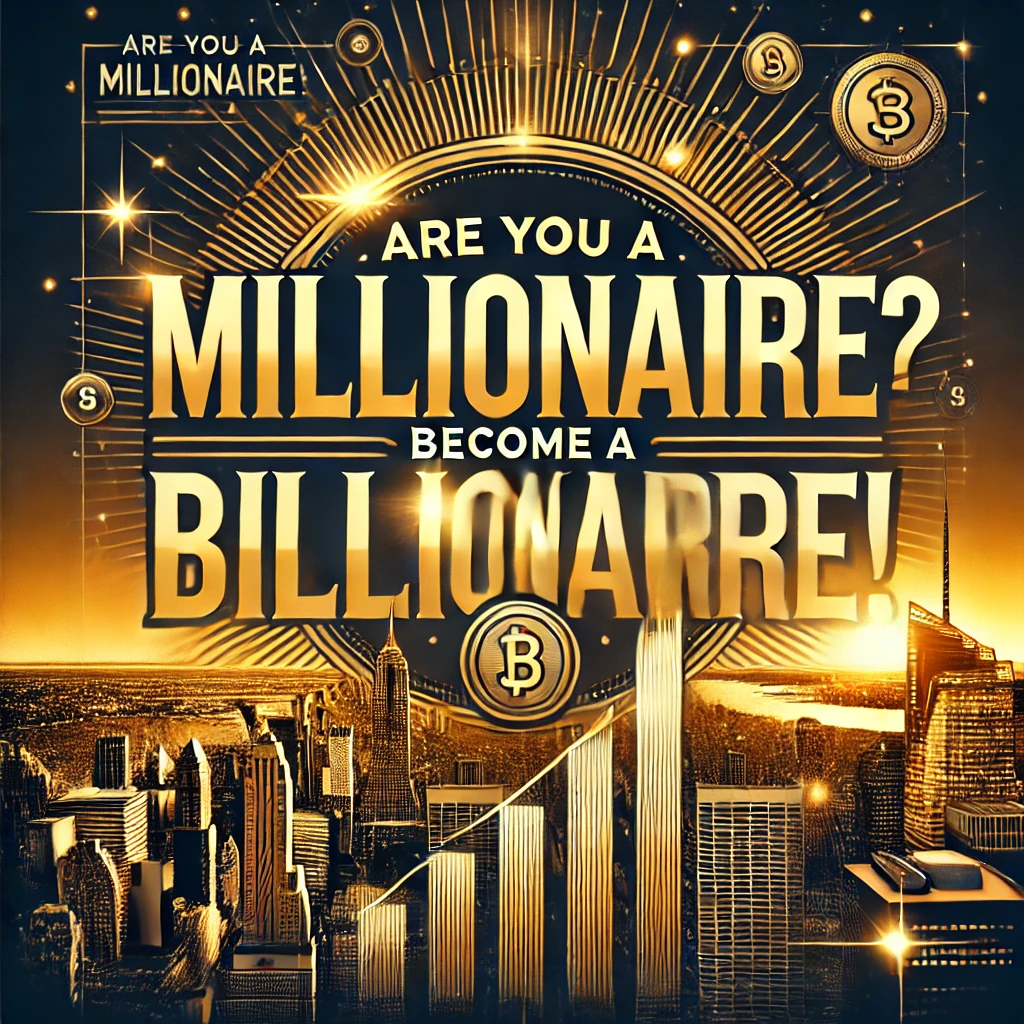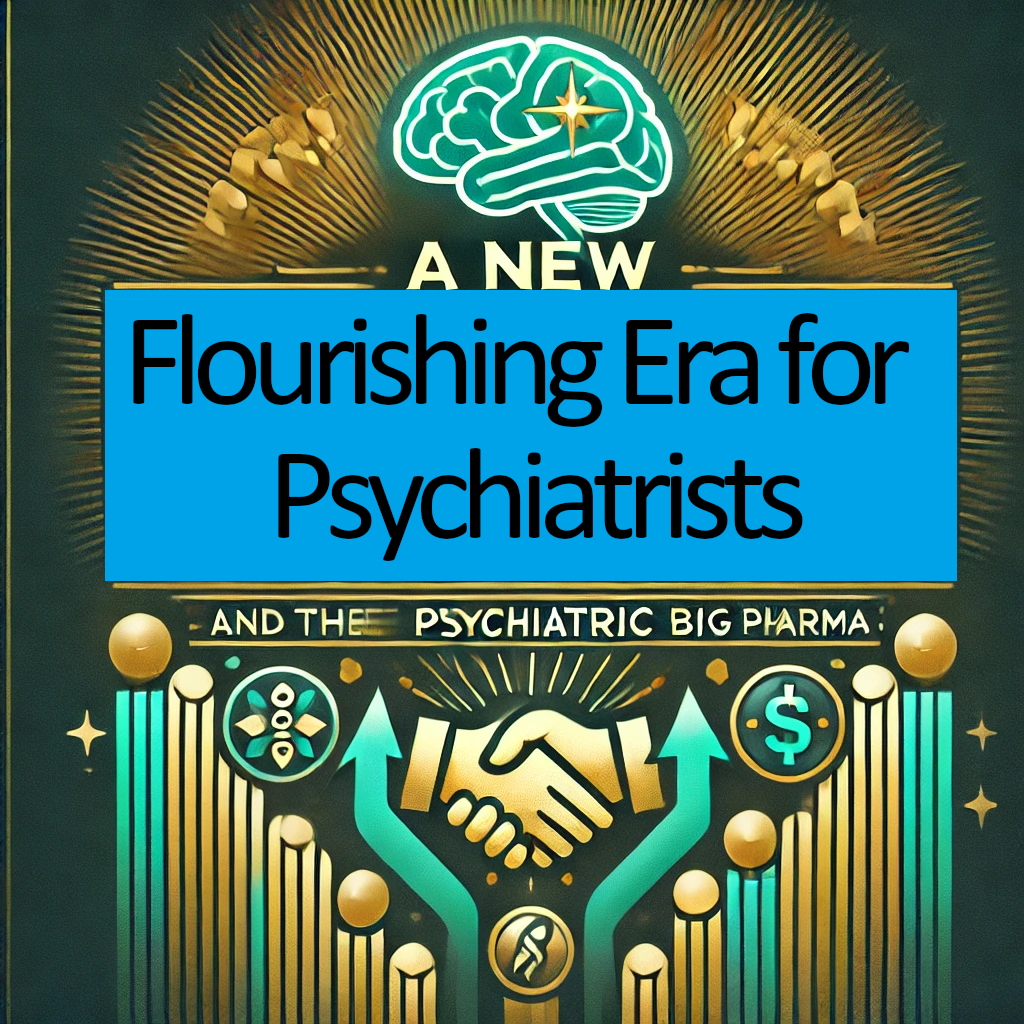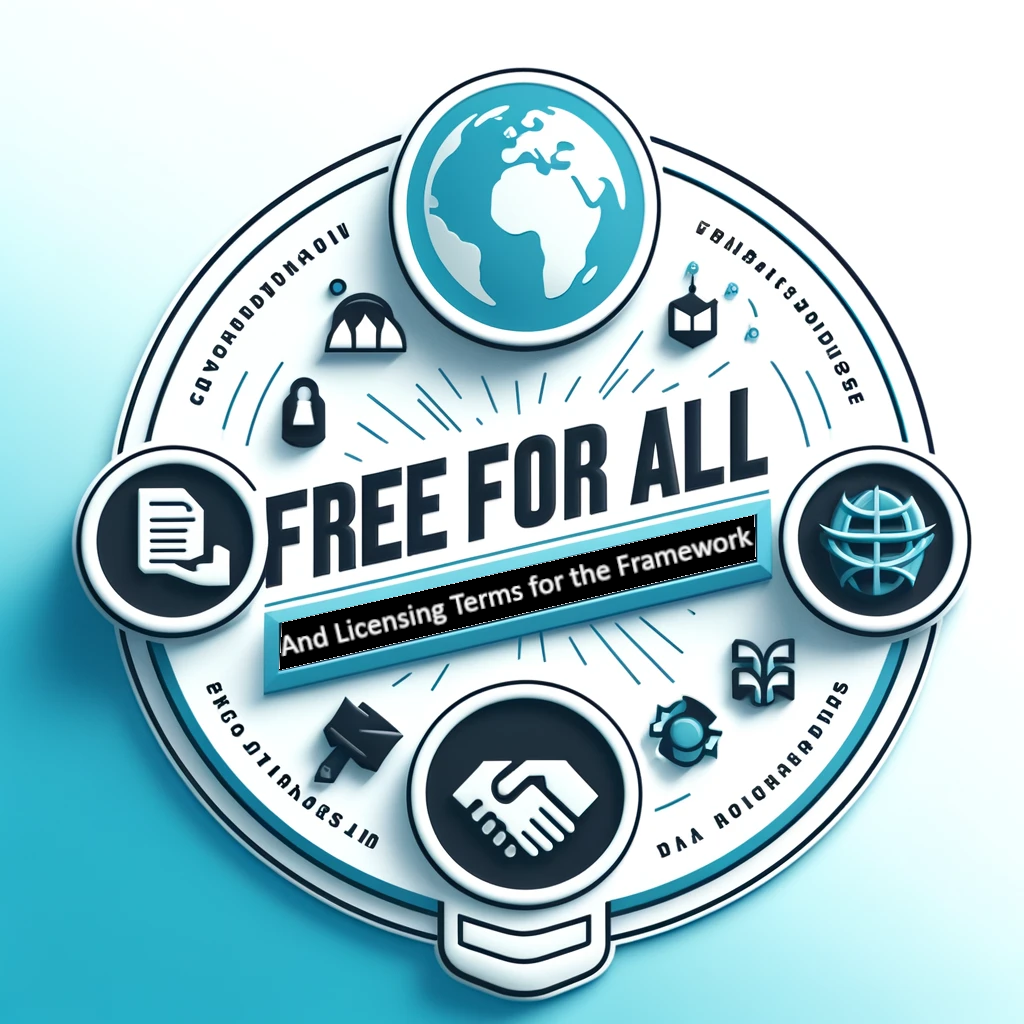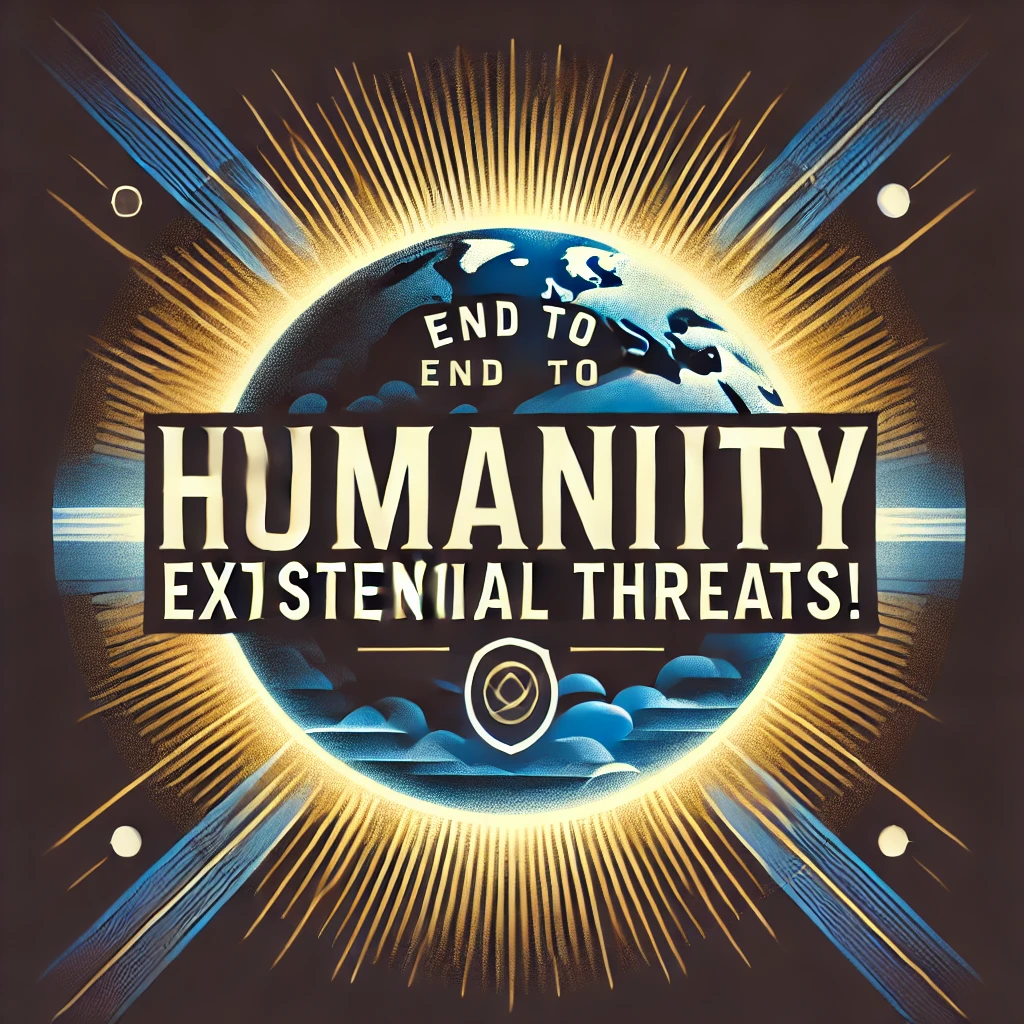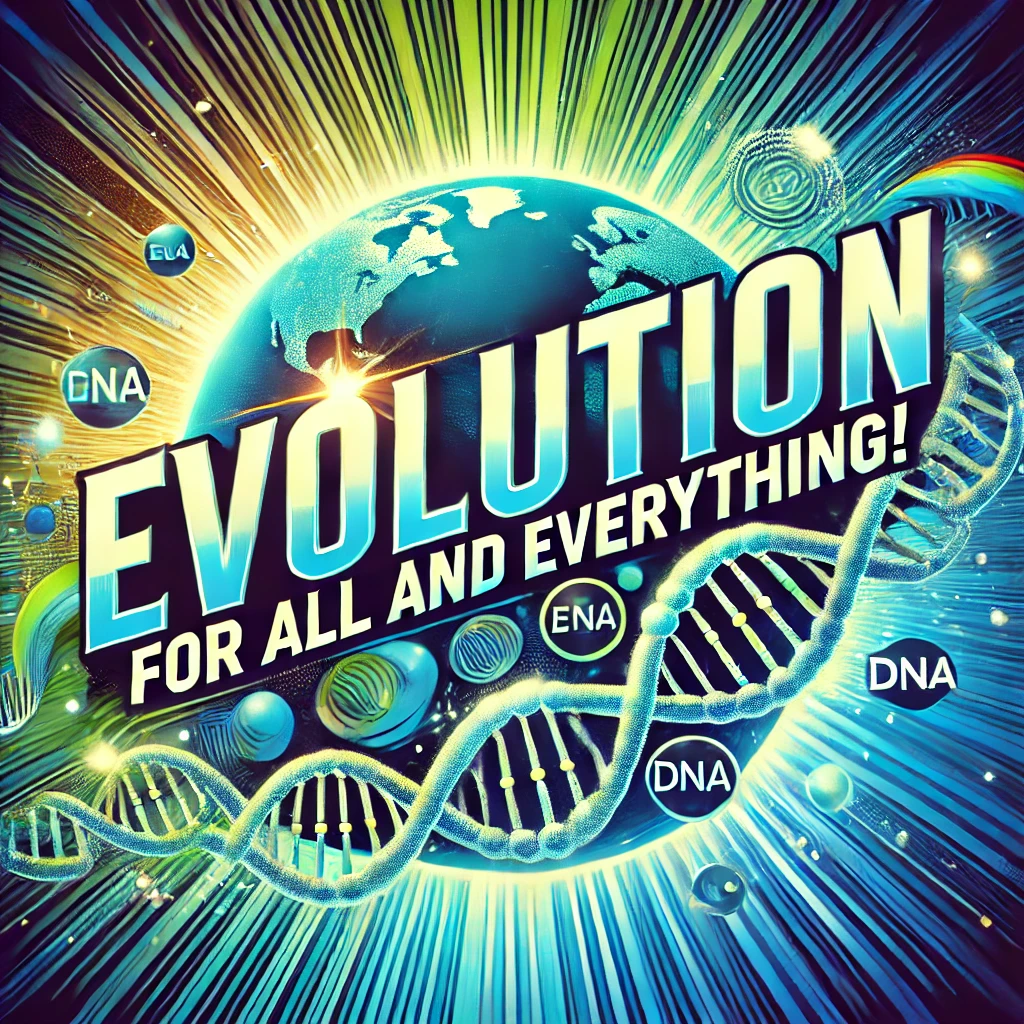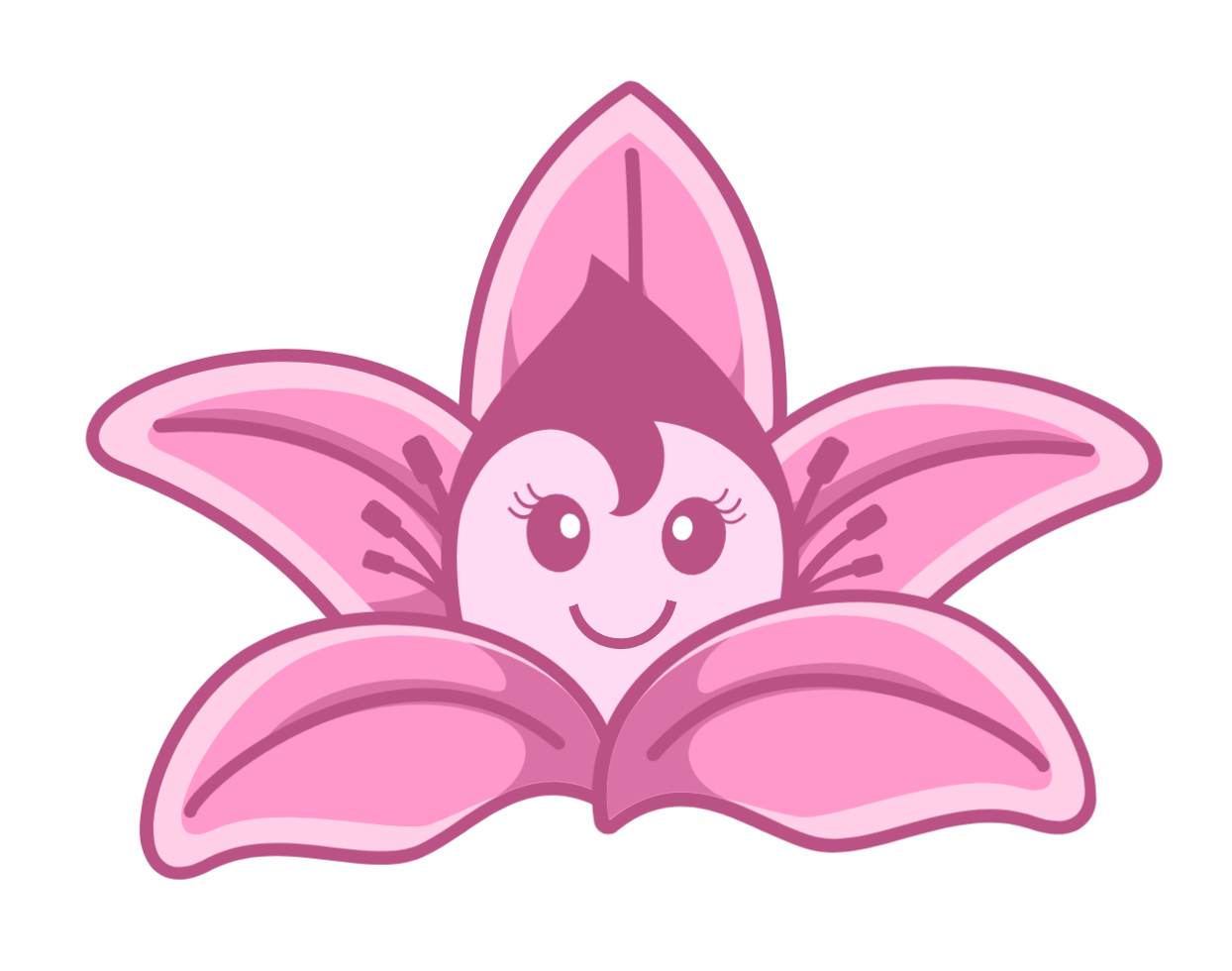Difference Between About 1.5 Billion "Superhumans" and More Than 200 Million Star-Leaders
The distinction between the 1.5 billion "superhumans" and the more than 200 million star-leaders lies in the scope of their influence, the depth of their abilities, and their roles in the global ecosystem.
1.5 Billion "Superhumans"
Definition:
"Superhumans" represent individuals with Solon-like abilities across a wide spectrum of cognitive, emotional, physical, and social domains. They embody extraordinary personal development and competence in various areas but may not all hold prominent leadership positions.
Characteristics:
- Distributed Excellence
These individuals excel in their respective fields—whether science, art, education, or community building—but do not necessarily lead on a global or national level. - Localized Impact
While they may not be global leaders, they create transformative change in their immediate environments, improving the quality of life and advancing progress. - Unparalleled Skills
They possess the ability to innovate, collaborate, and solve problems with exceptional efficiency. - Catalysts for Cultural and Societal Change
Their sheer number ensures they act as role models and inspire those around them to strive for excellence and unity.
Example Roles:
- Scientists driving local breakthroughs.
- Teachers revolutionizing education in small communities.
- Artists inspiring change through their work.
- Everyday individuals fostering unity and innovation in their families and workplaces.
Purpose:
The 1.5 billion superhumans form the backbone of a transformed global society, ensuring excellence, resilience, and progress at every level.
200 Million Star-Leaders
Definition:
Star-leaders are individuals who rise to positions of prominence, shaping policies, influencing large populations, and leading organizations or movements. They share Solon-like leadership abilities and actively participate in global or local governance, innovation, and societal transformation.
Characteristics:
- Prominent Leadership Roles
These individuals are recognized leaders—heads of nations, CEOs, intellectual pioneers, or cultural icons. - Broader Influence
Star-leaders operate on a larger stage, influencing millions of people through their decisions, creations, or leadership styles. - Visionary Direction
They provide guidance and structure to global or local movements, aligning efforts with Solon's principles. - Pioneers of New Frontiers
They explore uncharted territories in governance, science, arts, or spirituality, setting the tone for humanity's evolution.
Example Roles:
- Heads of supranational unions like the EU or African Union.
- Leading scientists creating groundbreaking technologies.
- Cultural icons uniting people through art, music, or literature.
- Religious or spiritual leaders fostering interfaith harmony.
Purpose:
The 200 million star-leaders act as the drivers of global strategy and innovation, ensuring that the collective efforts of the superhumans are channeled effectively.
Key Differences
| Aspect | 1.5 Billion Superhumans | 200 Million Star-Leaders |
|---|---|---|
| Scope of Influence | Localized and personal | Global or national |
| Primary Role | Transforming their immediate environment | Leading large populations and institutions |
| Visibility | May work behind the scenes | Prominent public figures |
| Contribution | Provide resilience and cultural shifts | Shape policies and global strategies |
| Focus | Excellence in diverse fields | Unified leadership and visionary planning |
Importance of Both Groups:
- Superhumans (1.5 Billion)
They ensure that every level of society thrives with innovation, unity, and excellence. They create the cultural and societal foundation needed for long-term progress. - Star-Leaders (200 Million)
They provide direction, vision, and large-scale organization. They ensure that humanity moves collectively toward solving major challenges and realizing its potential.
In conclusion, while the 1.5 billion superhumans act as the transformative foundation of society, the 200 million star-leaders guide humanity's collective destiny. Both groups are essential for the holistic advancement of civilization, complementing each other in scope and purpose.
Defining Characteristics of Solon’s "Superhumans" and Each Type of Star-Leaders
Solon’s vision distinguishes "superhumans" and star-leaders by their enhanced abilities, values, and roles in society. Below is a breakdown of their defining characteristics and how they differ from current people and leaders.
1. "Superhumans"
Defining Characteristics:
- Phenomenal Abilities:
- Exceptional cognitive, emotional, and physical resilience.
- Mastery of multiple skills across disciplines (interdisciplinary excellence).
- Near-perfect emotional regulation, calmness, and temperance.
- Photographic memory and the ability to consume and process information at incredible speeds.
- Absolute forgiveness and unconditional love.
- Humanistic Orientation:
- Deep empathy and altruism, valuing every individual as infinitely important.
- Dedication to societal and planetary improvement.
- Self-Mastery:
- Immunity to suggestion, temptations, and manipulations.
- Supreme self-confidence and resilience in the face of adversity.
- Spiritual Awareness:
- A profound connection with higher principles and the divine.
How They Differ from Current People:
- Current people generally operate with cognitive and emotional limitations, influenced by biases, stress, and a lack of self-awareness.
- Most do not possess interdisciplinary mastery or the level of mental, emotional, and physical capabilities seen in Solon’s "superhumans."
2. Star-Leaders
a. Elected Star-Leaders
Defining Characteristics:
- Public Trust and Support:
- Charisma and the ability to connect with diverse audiences.
- Elected based on merit, vision, and alignment with Solon’s model.
- Policy-Making Excellence:
- Demonstrates advanced problem-solving skills and policy foresight.
- Balances global and local interests with precision.
- Ethical Integrity:
- Operates with transparency and fairness, avoiding corruption.
How They Differ from Current Elected Leaders:
- Current leaders often lack the emotional intelligence, integrity, and visionary capacity required to inspire unity and enact long-term solutions.
- Many are influenced by short-term political pressures and partisan interests, unlike the mission-oriented focus of Solon’s star-leaders.
b. Non-Elected Star-Leaders
Defining Characteristics:
- Grassroots Influence:
- Rise from communities and industries based on merit, expertise, and leadership qualities.
- Innovative Thinking:
- Introduce creative, interdisciplinary solutions to complex problems.
- Role Modeling:
- Inspire others through actions, not authority.
How They Differ from Current Non-Elected Leaders:
- Current non-elected leaders often focus narrowly on their fields of expertise, lacking the interdisciplinary skills or visionary approach of Solon’s star-leaders.
c. Hybrid Star-Leaders
Defining Characteristics:
- Collaborative Leadership:
- Combine elements of elected and non-elected roles to influence both policy and community.
- Boundary-Spanning Abilities:
- Operate across industries, sectors, and cultures with seamless adaptability.
- Dual Accountability:
- Accountable to public opinion and professional networks alike.
How They Differ from Current Leaders:
- Current leadership structures often create silos between elected and non-elected roles, whereas hybrid leaders integrate both spheres for maximum effectiveness.
Key Differences Between Solon’s Figures and Current Leaders
- Ethical Commitment:
- Solon’s "superhumans" and star-leaders prioritize collective well-being over personal gain.
- Current leaders are often constrained by political, economic, or institutional biases.
- Visionary Leadership:
- Solon’s figures possess unparalleled foresight, combining long-term planning with immediate adaptability.
- Many current leaders struggle to address long-term challenges like climate change or inequality effectively.
- Interdisciplinary Expertise:
- Solon’s individuals excel across diverse fields, breaking barriers between disciplines.
- Current leaders typically focus on narrow expertise.
- Personal Development:
- Solon’s vision emphasizes personal transformation as the foundation for leadership.
- Current leadership development often overlooks the importance of inner growth.
Importance and Roles
- "Superhumans" serve as role models for humanity, driving innovation, inspiring compassion, and solving humanity’s greatest challenges.
- Star-Leaders guide communities, industries, and nations, creating harmony and collaboration between diverse groups.
- Together, they embody the transformative potential of humanity, ensuring progress, peace, and sustainability on a global scale.

